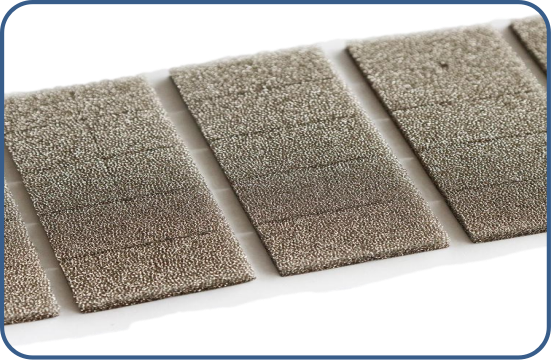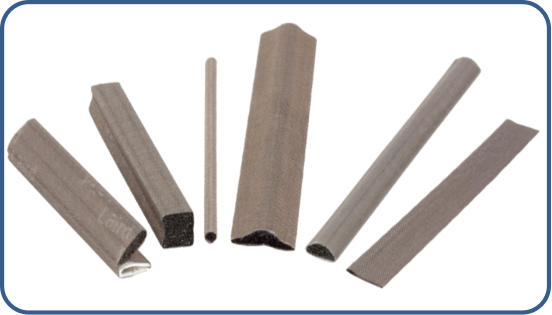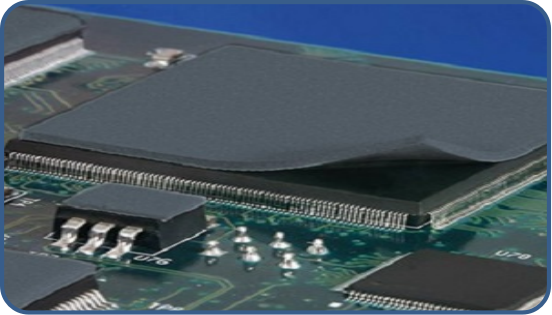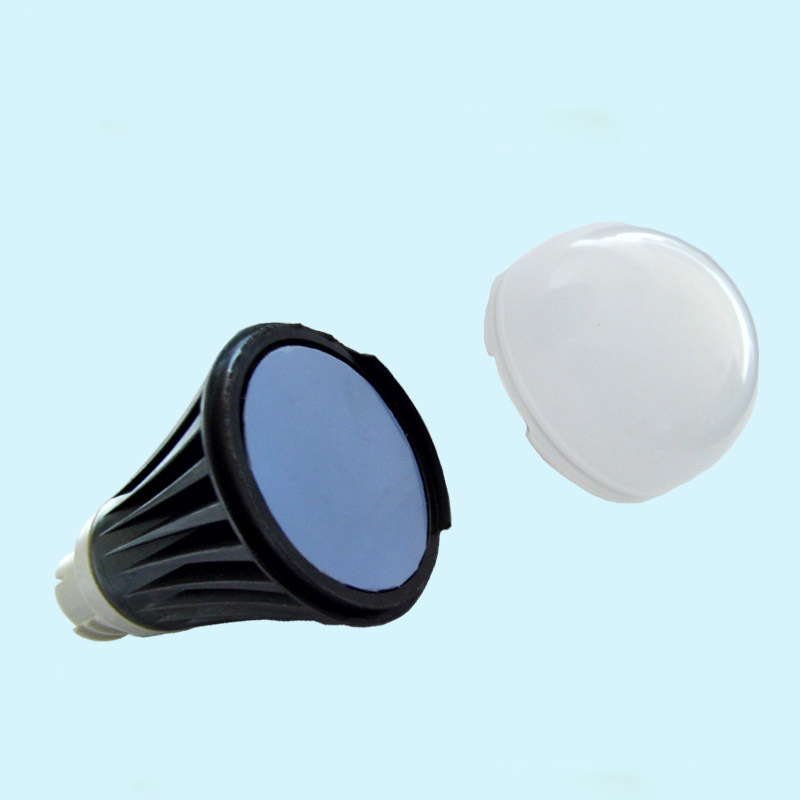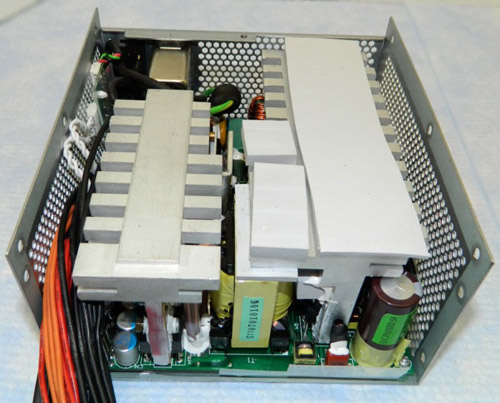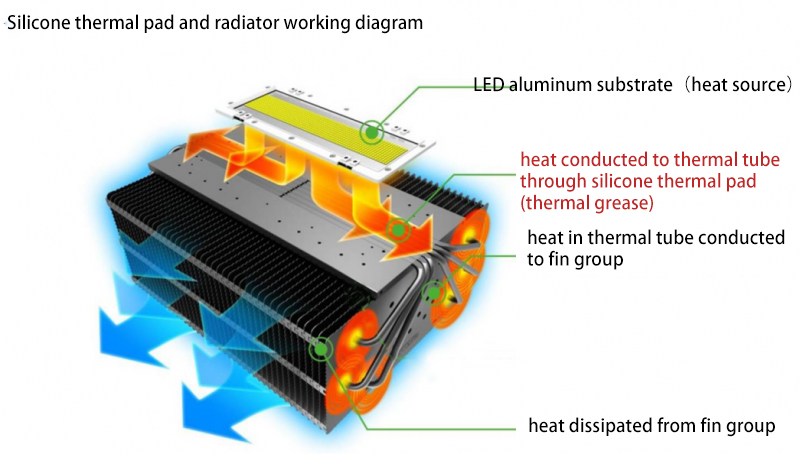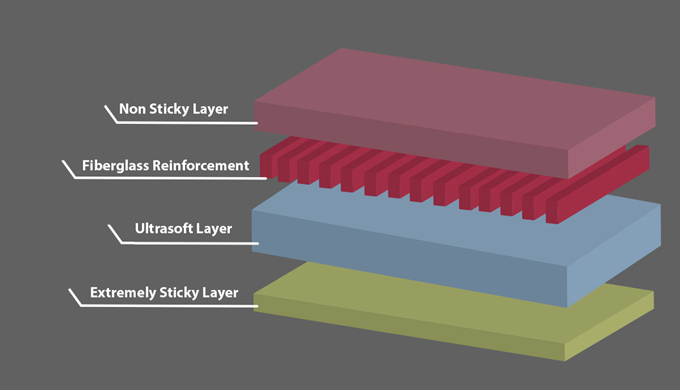News and Articles
Related Product
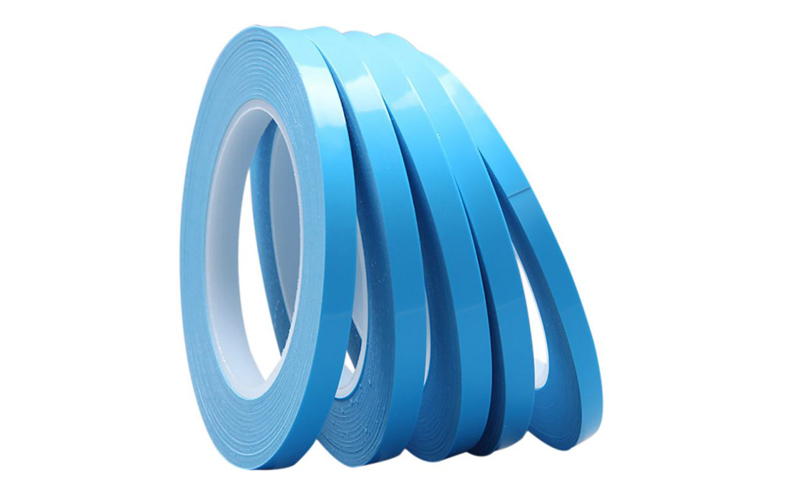



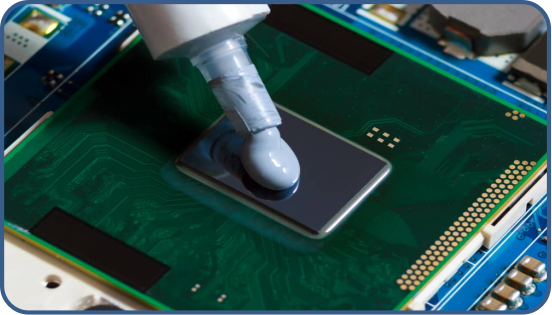

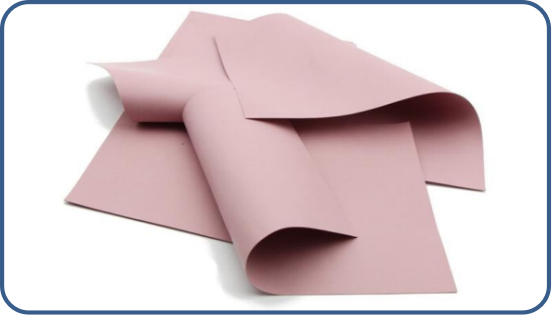

Share Article
When it comes to choosing the right GPU thermal pad
When it comes to choosing the right GPU thermal pad, Thermal pad are high-performance gap-filling thermally conductive materials, mainly used for the transfer interface between electronic equipment and heat sinks or product shells. They have good viscosity, flexibility, good compression performance, and excellent thermal conductivity. The air between the heat sink and the heat sink is exhausted to achieve sufficient contact, and the heat is conducted from the separated device or the entire PCB to the metal shell or the diffusion plate, thereby improving the service efficiency and life of the heat-generating electronic components. there are a few factors to consider:
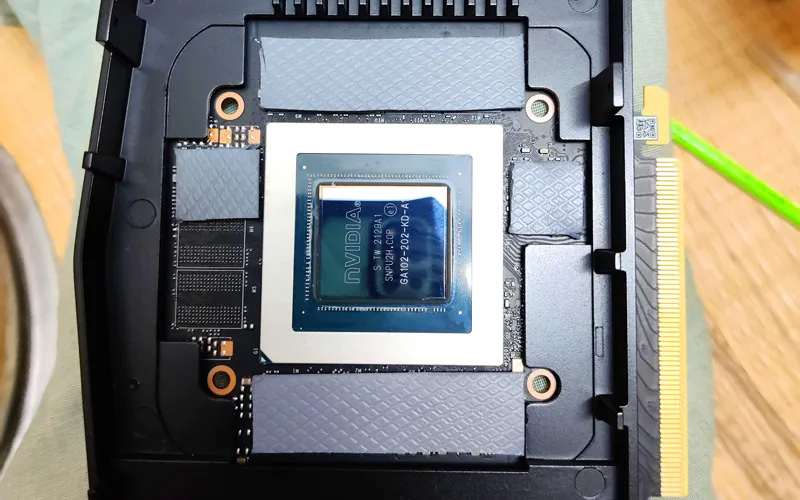
1. Thickness: Thermal pads come in various thicknesses ranging from 0.5mm to 4mm. The thickness you choose will depend on the gap between the GPU and the heatsink. A thicker pad may be needed if the gap is larger to ensure optimal thermal transfer.
2. Base Material: There are two kinds of polymer materials for the base material of common thermal pads: silicone thermal pads and silicone free thermal pads. The most widely used is the silicone thermal pads. Silicone thermal pads inherit the good temperature resistance (-50°C ~ 200°C) and chemical corrosion resistance of silicone. However, small molecules of silicone oil will be released during long-term use. In some occasions, such as optical equipment, high-sensitivity the use of high-end electronic and electrical industries such as probes and high-definition cameras may be restricted. Silicone free thermal pads (phase change materials) solve the problem of silicone thermal pads releasing small molecules of silicone oil, avoid atomization of laser probes, and will not affect components, thereby ensuring the stability of precision electronic products.
3. Thermal conductivity: Look for a thermal pad with high thermal conductivity. This will ensure that heat is transferred effectively from the GPU to the heatsinks.
3. Size: Ensure that the thermal pad is the same size as the GPU. If it is too small, it may not provide adequate coverage, and if it is too big, it may get in the way of other components.
4. Structure: There are three common structural types of thermal pads: conventional thermal pads, fiberglass thermal pads, silicone cloth pads. Generally speaking, adding reinforcing materials can improve the physical strength of the thermal pads, but it will inevitably sacrifice part of the thermal conductivity. If the specifications are relatively large, thicker products will have little impact, but it will have a certain impact on products with a thickness of less than 1mm. Conventional thermal pads without reinforcing materials are prone to elongation, and even rupture in severe cases, while thermal pads with reinforced materials have high strength and are not prone to dimensional changes. The reinforced thermal pads on the surface of the silicone cloth has puncture resistance and better electrical insulation.
5. Softness: A soft thermal pad can conform better to uneven surfaces, providing better thermal transfer. A harder pad may not be as effective in filling in small gaps and rough surfaces.
6. Brand: Look for a reputable brand that provides high-quality thermal pads. Cheap or unknown brands may not provide the same level of performance or longevity.
Overall, the right thermal pad for your GPU will depend on your specific needs and the specifications of your system.

